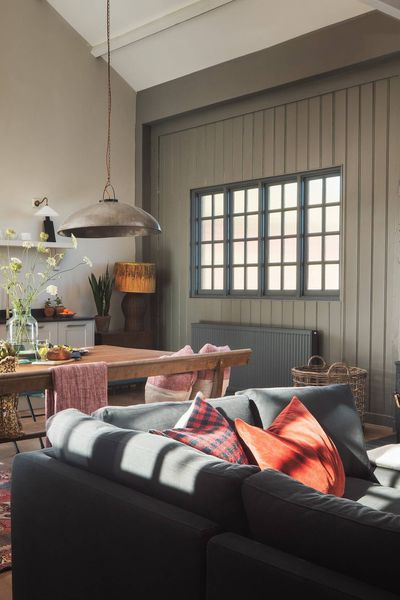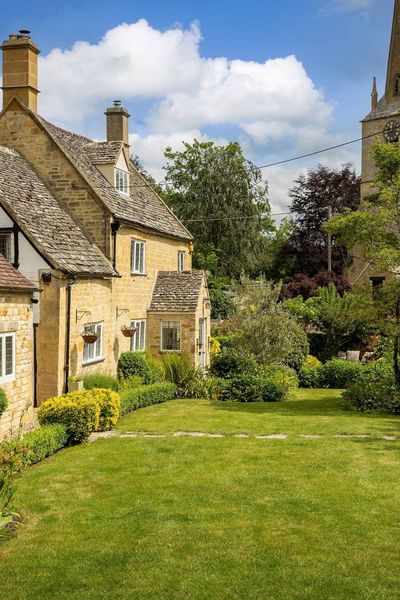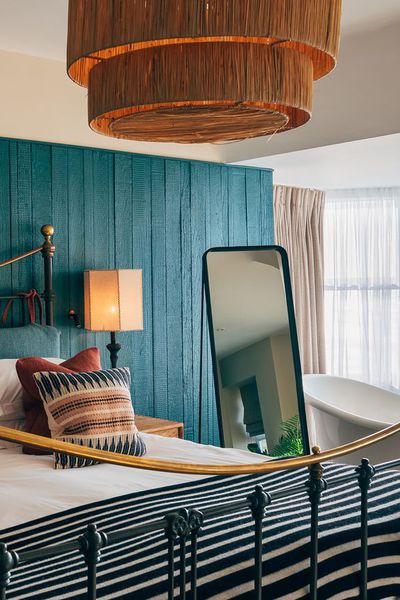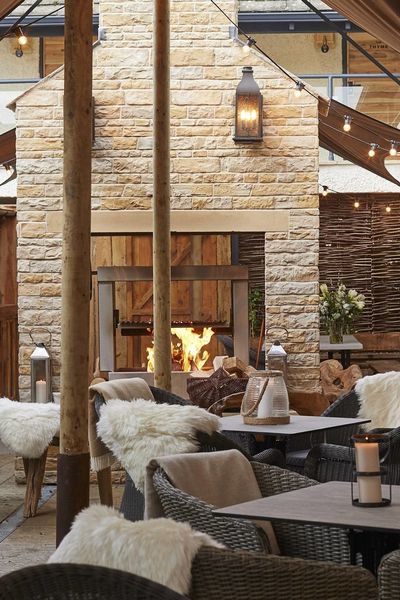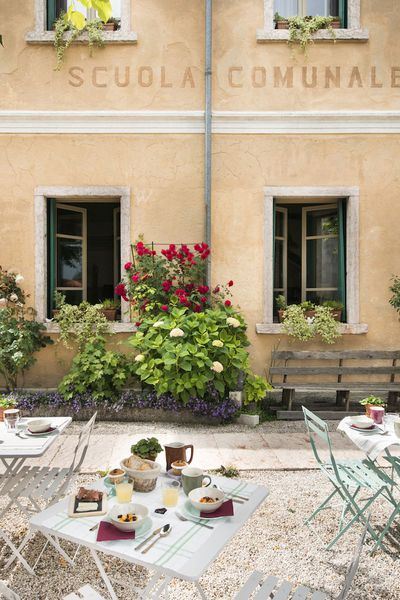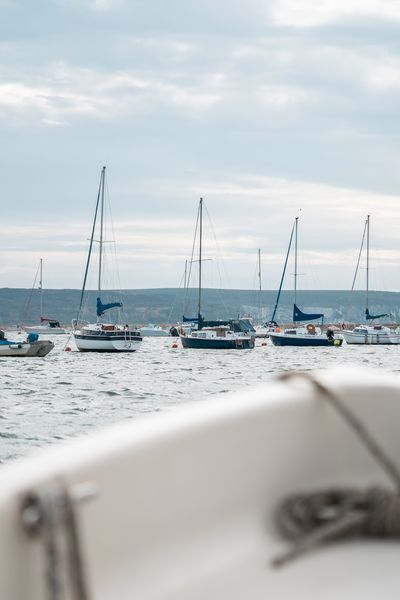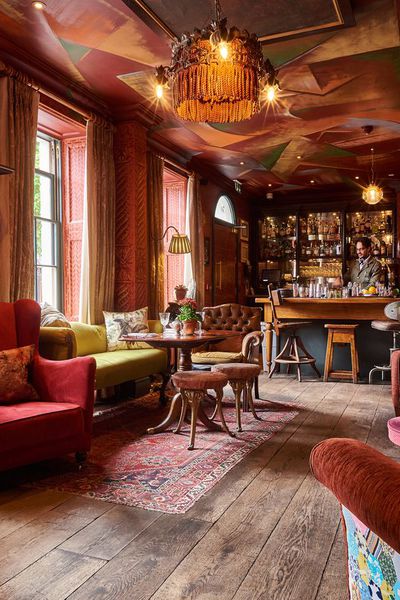
What makes a Sawday’s holiday cottage great?
Sawday's Expert
5 min read
When we inspect new places for our collection, we’re looking for something more than somewhere nice to sleep for a couple of days. We want to see love poured into every detail, a celebration of the local area, genuine personality. If you’re not quite sure what we mean by that, then here’s the perfect example. It’s a place we visited recently called Slackbrae, on the Brucefield estate an hour north of Edinburgh. At first glance it simply looks beautiful, but here’s owner Victoria, telling us all about what they’ve put into making it the place it is and how one small self-catering cottage can represent a whole community of people.
What was Slackbrae?
There’s been a building here for at least 300 years. Historically it was likely the gatehouse to the estate, and from historic census data, generations of foresters lived here including one from 1801 who was traced as an ancestor by a visitor. When we decided to renovate we found it a very dark space, so we wanted to open it up whilst using traditional and contemporary techniques.
The sustainable structure
We worked with the technical department at Historic Scotland to look at heat loss, measuring it with wall devices. We stripped everything back and started again, insulating the stone walls with breathable wood fibre and an extra membrane in the build: a breathable air tightness membrane which reduces draughts. We added skylights to provide solar gain into the now-vaulted 4m high ceiling, which creates an extraordinarily light and bright tardis-effect cottage. Multi-paned sash-and-case timber windows (made in Perthshire) are in original openings and new openings have single panel triple glazing. All of this, along with underfloor heating and mechanical ventilation heat recovery system combine to form a light and bright low-energy house, which is most unusual for a traditional lime rendered, pantiled stone cottage.


The décor
That’s wallpaper made here in Clackmannanshire. Local wallpaper is a real treat which our guests love. The chairs were upholstered by tweed designer Amy Britton, based in Scotland, who also made the window seats and cushions. The bespoke tiles in the shower have the name of the house scanned from various historic documents including an ordnance survey book and an old piece of skirting board. The kitchen beech worktop is from our woods, the spalted elm wall art comes from a local hardwood sawmill. They combine beautifully with the birch plywood doors, wardrobes and shelving throughout the cottage.


The sourcing
This honey, part of our welcome breakfast hamper, comes from hives just the other side of the trees at the top of the field. The sourdough is delivered in, and they have scrumptious hot cross buns, panettone and stollen too. The jams are made by a local farmer and even the organic skincare products (we provide shampoo, conditioner, body & hand lotion for guests) are made by a lady in Clackmannanshire who utilises thistle oil. It all connects and goes towards keeping those people in business.
The history
The history of the cottage as written by a conservation architect is printed on two tiles in the bathroom. He found the earliest maps of the house, collated old photographs and described the different stages of the original build. And the tiles of the splashback behind the hob have reprinted newspaper clippings of the estate including timber for sale by the forester from 1801 to whom our visitor was related!


The Gardens
The three gardens were designed by Tracy Rich, a landscape designer from Stirling, to evoke the three counties the cottage has been or is in. Today it’s in Clackmannanshire and the forester’s garden reflects this. The cottage has previously been part of Perthshire, so Knight’s Delphinium (the knight is an old symbol of Perthshire) is included here. And 3m from the house is Fife, which historically had a lamb on its coat of arms and so has lamb’s ear within the herb garden, which guests can use for their cooking. And the drystone wall has been beautifully made by a local dyker. It’s great to be able to support such an ancient craft.


Explore all of our self-catering places >
Want more travel inspiration? Get our email updates direct to your inbox >
Sign up >Share this article:
You might also like
Why I do it: Rachel Bucknall, owner of The Bridge Inn, The Ship and The Crusoe

Christopher Wilson-Elmes
Sawday's Expert
5 min read
Our guide to Scotland’s must-see regions

Jem Brownlee
Sawday's Expert
5 min read
Sustainability & soda – the remote Scottish distillery shaking up the whisky industry

Christopher Wilson-Elmes
Sawday's Expert
5 min read

